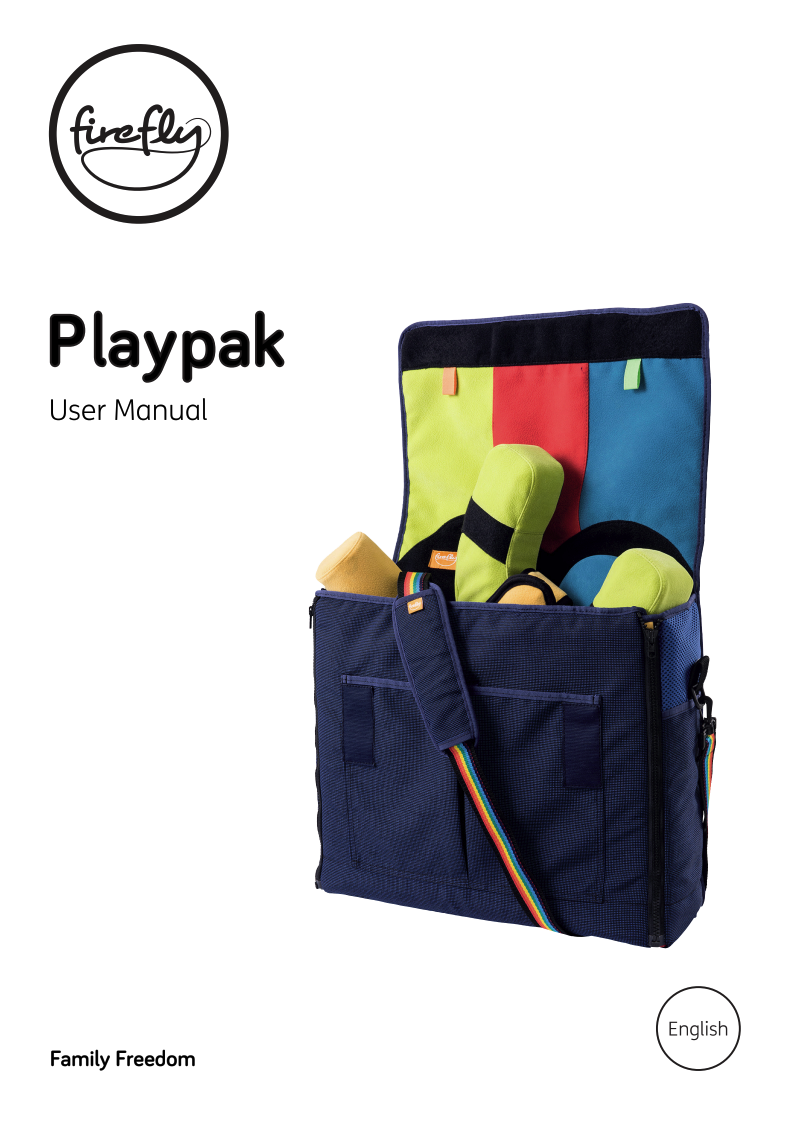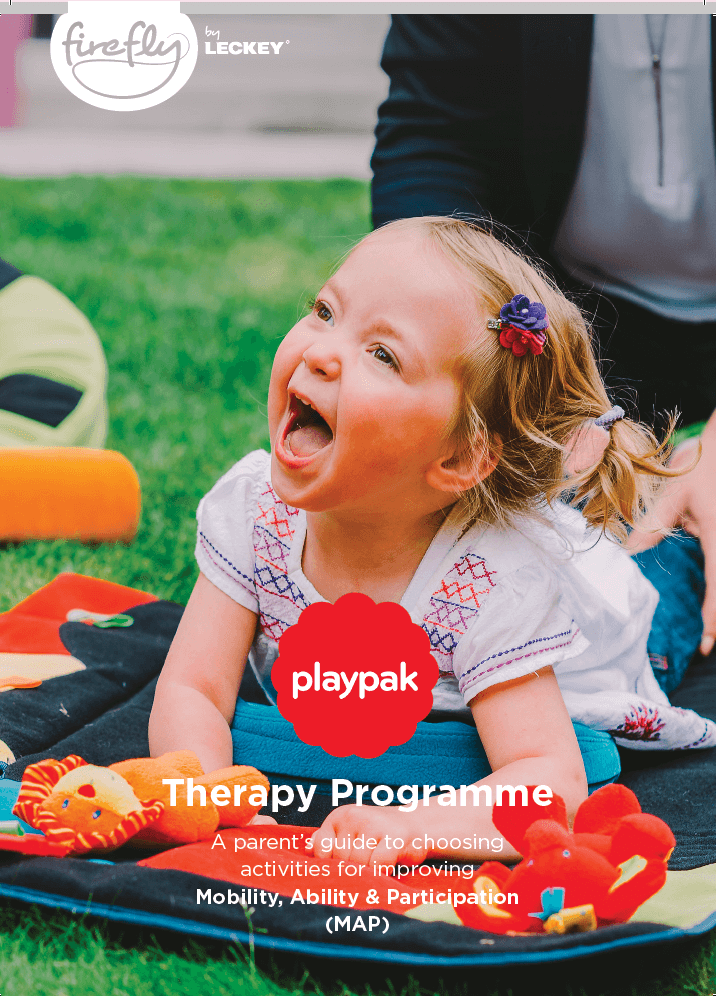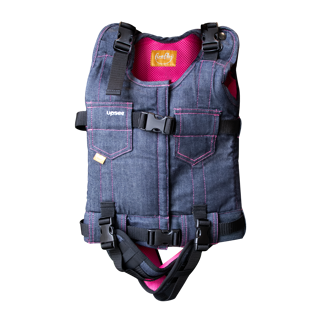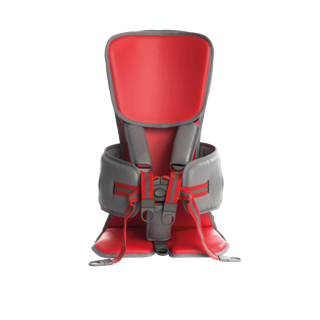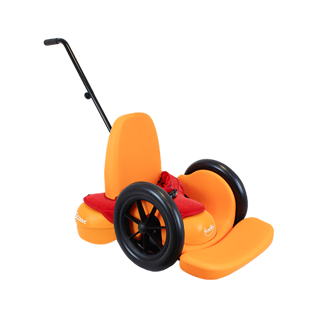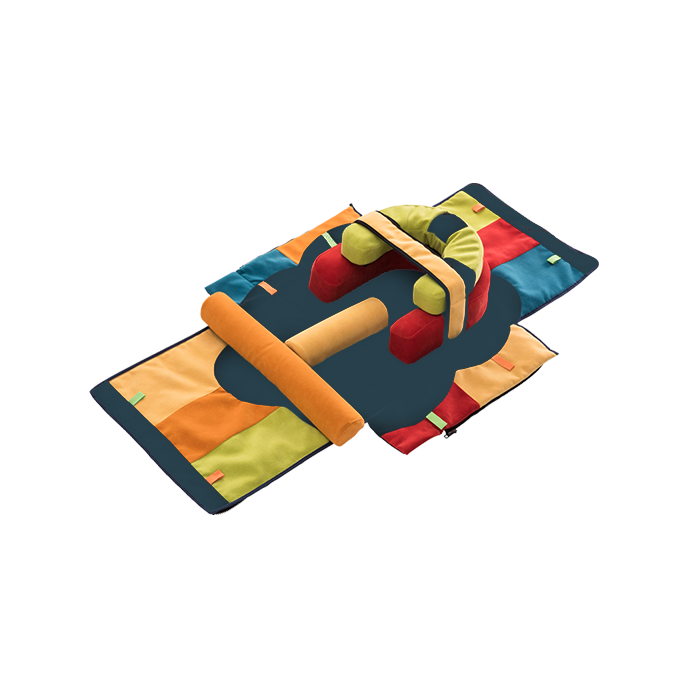
Playpak
Early Intervention Therapy Kit
This lightweight bag contains an entire activity center of rolls, wedges, & supports that stick together in dozens of ways - letting your child practice different developmental postures to form building blocks for later abilities. Playpak is more than just practical. It doesn’t look like therapy equipment & won’t attract sideways glances! It also comes with a therapy guide with advice, easy instructions on how to use each clever little piece for sitting/lying positions, & how to perform developmental games.
-
Suitable for infants and young babies from birth to the age of 4, however suitability is very much dependant on level of physical development.
-
Playpak helps develop physical, cognitive, sensory and communication skills.
-
Mix and Match components in five key therapeutic positions, which form the basis for rolling, standing and moving.
Firefly products can be funded by insurance in your State
To make this possible Firefly works closely with leading medical equipment providers, including National Seating & Mobility (NSM), and Numotion. Please click on the link below to complete the contact form and we will connect you to your local provider.
Find out morePlaypak

You will receive the following items with your Playpak...
-

Fabric Floor Mat
The colorful floor mat has soft 'fluffy' velcro lining, to which all components can be easily and securely attached/removed.
-

Long & Short Rolls
These rolls can be used on their own or with other support elements to provide just the right level of support for your choice of activity.
-

Large & Small Horseshoe
These profiled cushions are designed to give your child lower and upper back support, while allowing hands to be free for play.
-

Positioning Strap & Headrest
Use this versatile strap in addition to the rolls for extra support when needed at the front, sides or back.
Family Freedom
-

"We've been using her Firefly Playpak during Portage sessions. It keeps her safe and supported while she plays, explores and learns. The different arrangements the Playpak offers means we can place her in the best position for the activity or game she's working on, which is keeping her engaged longer and sneaking in some cheeky physio at the same time."
Ivy, UK -

"The Playpak helps Elliot stay on his side so he can focus on bringing his hands together to play and practice reaching and grasping. Being in this position also gives his eyes chance to focus on the object in front of him so he can try to process what it is! 👏🏼💪🏼✨ It’s modular so I can add bits in and out; and he also uses it for lying down and keeping his head in a good position! It also folds away into a carrier which means I can take it anywhere with me!"
Elliot, UK -

"Fred’s new Playpak arrived this morning. This will change play time for him. He’s safe and supported and it looks beautiful! Who knew Physio equipment could look so good?"
Fred, UK
| Size Guide | Length [mm / "] | Width [mm / "] | Depth [mm / "] |
|---|---|---|---|
| Folded Bag | 440 / 17 | 490 / 19 | 150 / 6 |
| Floor Mat | 1340 / 53 | 750 / 30 | - |
| Long Roll | 520 / 20 | 90 / 3.5 | 70 / 3 |
| Short Roll | 280 / 11 | 90 / 3.5 | 70 / 3 |
| Positioning Strap | 660 / 26 | 80 / 3 | - |
| Large Horseshoe | 440 / 17 | 490 / 19 | 150 / 6 |
| Small Horseshoe | 70 / 3 | 90 / 3.5 | 200 / 8 |
Swipeable table
The Benefits of Playpak
-

Multiple Positions
The various supports allow you to achieve an even wider variety of developmental postures and positions such as; tummy lying, floor sitting, back lying and 4-point kneeling.
-

Therapy Kit in 1
Playpak is light, handy and can go anywhere. Grab it when you head to visit a friend or family member, or take it to a birthday party so your little one doesn't miss out on the action. You’ll want to take it everywhere – and you can.
-

Early Intervention
Research shows that early intervention programs for babies and children that allow therapists and parents to work together, like Playpak does, make a bigger impact on a child’s development.
-

Therapy Friendly
You already know how important therapy is in your child’s early years, but sometimes finding the time can be a challenge. Playpak gives you the chance to make every day count. Every spare moment becomes a chance for great fun and therapy.
Playpak Resources
Playpak FAQs
-
What is the difference between Playpak and Leckey’s Early Activity System, (EAS)?
Playpak has taken the concept of Leckey’s EAS and simplified it for regular use within a family environment. Portability, affordability, and development through family participation were key objectives when designing Playpak.
The EAS continues to be more clinically focused and larger product, containing components which facilitate more complex therapeutic positions, such as side-lying and four-point kneeling. The Activity Development Program is a comprehensive printed booklet that comes with the purchase of an EAS. It is designed to allow therapists to work through activities with parents, as part of an early development program.
-
How do I know if Playpak is suitable for my child?
Playpak has been designed for babies and kids with additional needs ranging from birth to approximately 48 months and Gross Motor Function Classification Scale (GMFCS) levels I-V, depending on their level of physical development.
In its most basic function, Playpak facilitates back lying, which is the most fundamental and secure position from which to work on physical, cognitive, sensory, and communication skills that provide the building blocks to more complex skills for your child. As a result, Playpak should be suitable for them to use, however if you are in any doubt, consult your therapist for advice.
For more information on the different positions and activities that can be achieved with Playpak, go to www.fireflyfriends.com/playpak
-
How long should I use Playpak for each session?
You may find your child likes some positions/ activities more than others, and these will most likely be the ones they are happy and able to do for longer. This may depend on whether your child’s muscles are tight (high tone) or floppy (low tone), their level of development, or tolerance of certain positions.
Some positions may need to be avoided for medical reasons, and others will need to be encouraged, even if your child is not keen at the start. Some positions may not be medically advisable for your child.
It is important that, if in any doubt, you take advice from your therapist(s) about the best position which to place your child and for how long. If your child is in any discomfort, take them out of that position and either have a rest or try something a little easier. Bear in mind that the time of day and your child’s mood will also have an effect on how long it will be appropriate to use Playpak for each session.
-
Is there any reason why I should not use Playpak with my child?
There are so many possibilities for simple, safe play and development activities with Playpak that we do not anticipate any problems. However, as some positions may not be medically recommended for your child to use, it is very important that you seek advice from your therapist(s) if you are in any doubt about the best position(s) to place your child in.


















